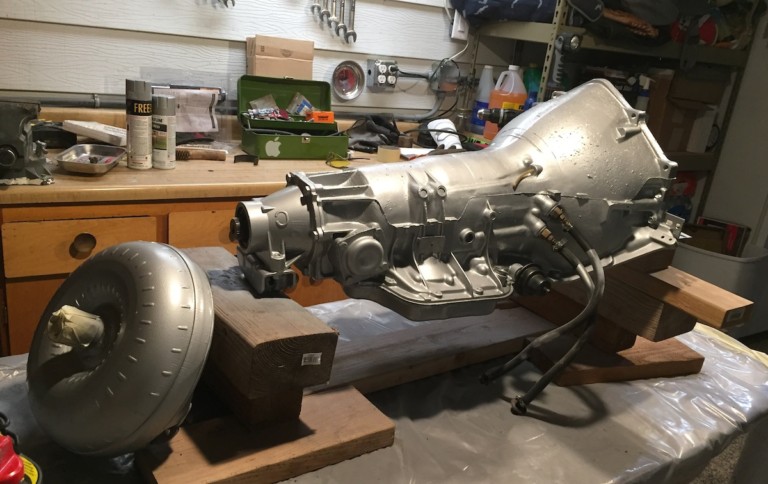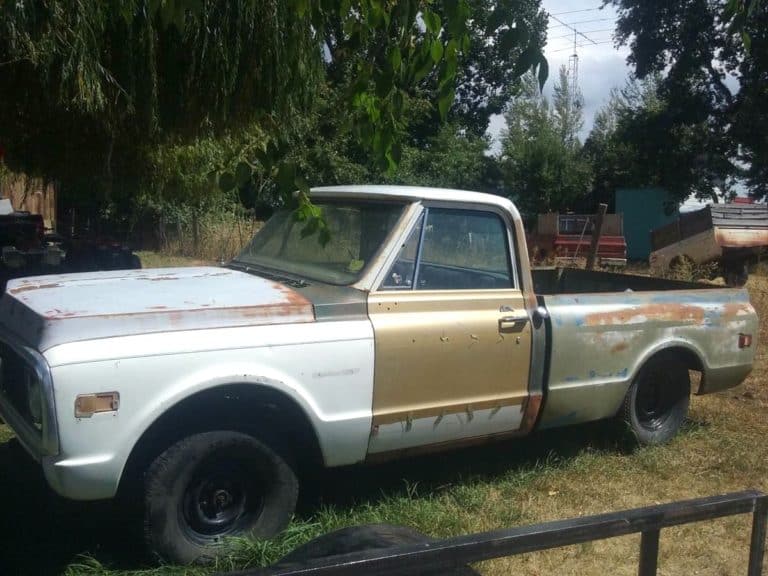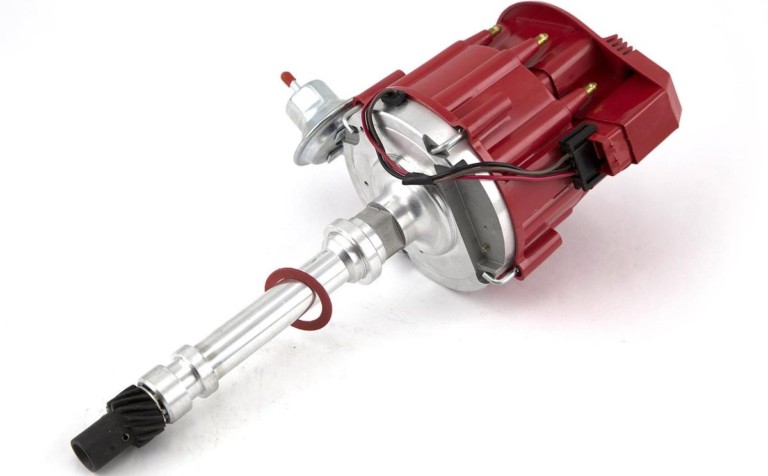How to Stop Rust From Spreading On Your Car or Truck
Unless you live in the perfect sunbelt area with very little humidity or salt you are going to have rust damage on your classic truck. If not stopped it will keep eating away at your truck until you have unsightly damage occurring in a number of places that can compromise the beauty, rigidity and strength of your truck.
How do I stop rust from spreading on my vehicle?
- Identify the rusty areas of your truck
- Check for rust where the body components meet
- Remember to check under the car
- Scrape or sand the loosest rust off as much as possible
- Apply a rust arrestor
- Coat the rusty areas with a rust stop product
- Use a good primer
- Use touch up paint on the area
- Buff the painted area
We can stay ahead of rust on our cars and trucks by finding it early and treating it. Lets discuss how we can do this.
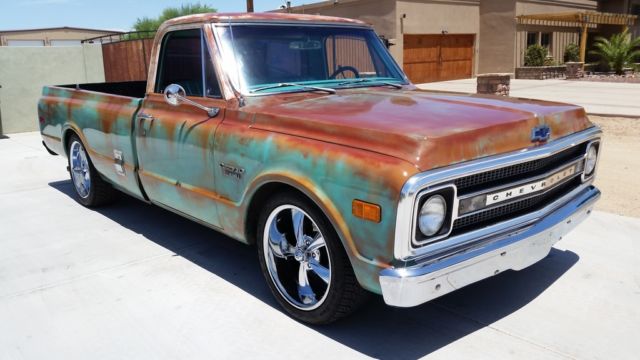
Identify The Rusty Areas
Start by thoroughly inspecting your bumpers and wheel wells as this is usually the first area to start rusting. Wheel wells are a common spot for rust to start developing on a vehicle. This is because they tend to stay dirty and can be a difficult area to see so they are often neglected.
Note: Cars or trucks with considerable rusting, or places where the metal has rusted through, will need replacement metal, Bondo, and extensive body work.
Check Where Body Components Meet For Rust
The most likely place for your truck to rust is where two pieces of metal meet– especially if there is a possibility of the paint getting rubbed off of the metal allowing a spot for rust to form. Periodically check these areas and if you have bare metal spots cover them with primer then paint.
Check Under Your Truck For Rust
If your area gets snow in the winter they are most likely treating the roads with salt which is very hard on the under-carriage of your truck and will likely cause rust. When you have your truck serviced it is a good time to check this area and treat if necessary.
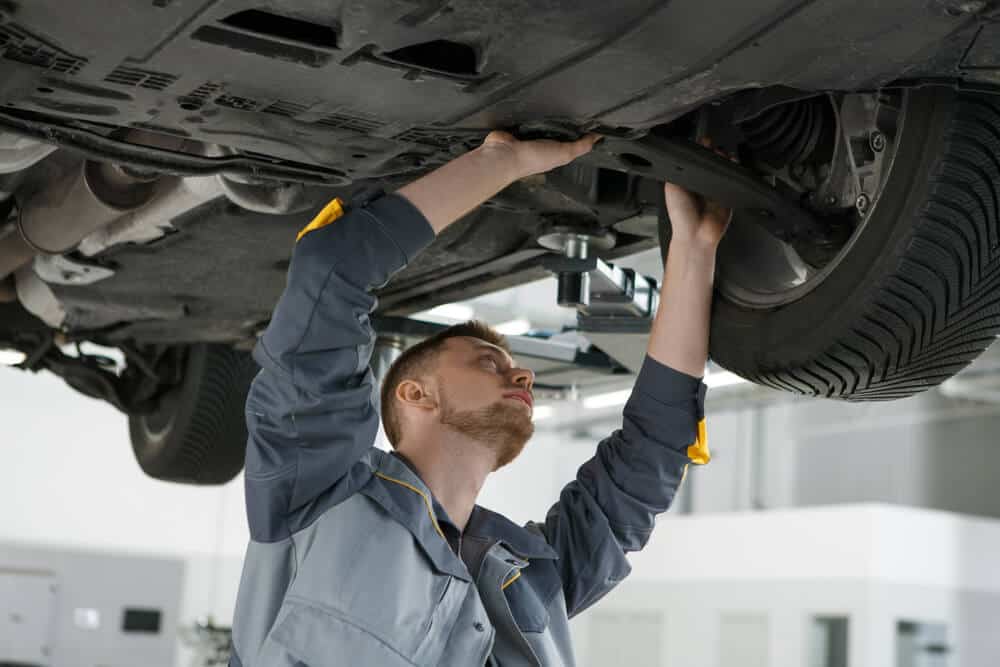
Scrape Or Sand The Rust Off
Scrape rust off with a razor blade or fine grit sandpaper if you find a rusty area on your vehicle. This is your best defense to keep it from spreading on your truck. You should start by scraping the rust off the area using a razor blade then sand using a fine grit sandpaper while being careful not to damage the paint near the rust spot.
- Be careful to only remove the rust while trying to avoid scraping off the surrounding good paint.
- If you have some paint flaking off it means it is no longer bonded to the metal and needs scraped off because it will come off anyway.
This may seem like a daunting task to do on your truck, but if you don’t do anything the rust will continue to grow. It will eventually rust holes right through your metal.

Apply Rust Arrestor
There are a number of very good rust arrestors on the market today. These can be bought over the counter at most any automotive parts store. These will help the rust from reforming.
Most of the rust arrestors come with a small bush that you dip and put a thin layer on the area where you sanded off the rust. If it didn’t include a brush, a rag or Q-tip will work fine. It is best not sprayed on and the drying time for most inhibitors is a few hours.
Here is a list of some popular rust inhibitors available:
- Corroseal Water-Based Rust Converter Metal Primer, Rust Converter
- Evapo-Rust Super Safe Rust Remover, Water-Based, Non-Toxic, Biodegradable
- Permatex Rust Treatment, Aerosol Can
My top choice from personal experience is POR 15 Rust Preventative Paint. POR-15 has created a 3-step application process using:
- POR-15 Cleaner/Degreaser
- POR-15 Metal Prep
- POR-15 Rust Preventative Coating. It’s typically applied with a roller and can even be top-coated by using the proper primer.
It’s typically applied with a roller and can even be top-coated by using the proper primer.
Coat the Rusted Areas With a Rust Stop Product
If you are using POR there are a few coating options which include:
- POR_15 Black: ideal for frames, floorboards, trunks, and engine compartments
- POR-15 Silver: contains metal filler and should be used on badly rusted steel to fill small holes
- POR-15 Clear: for touch-up on exteriors surfaces before painting
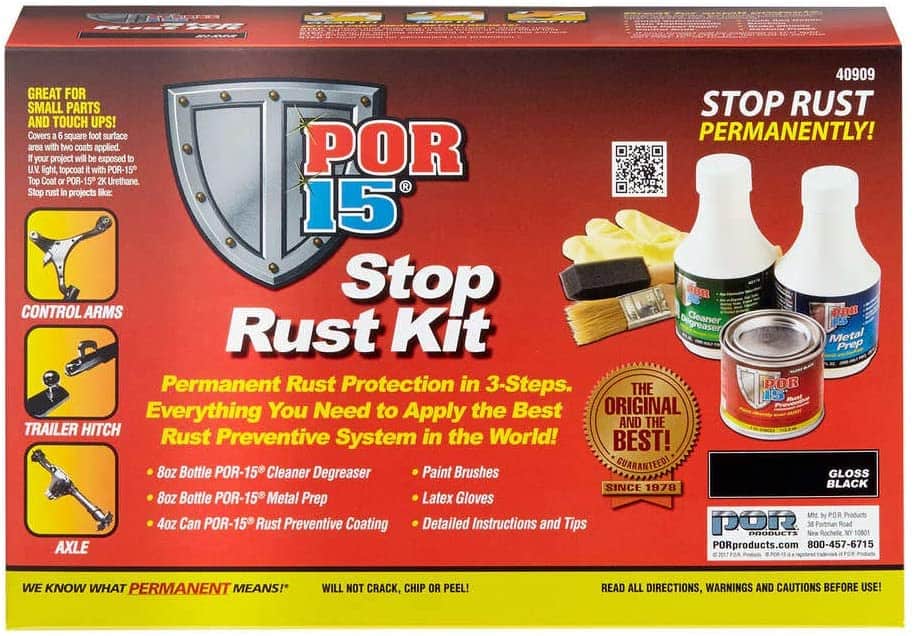
Use A Good Primer
After you have scraped, sanded, and treated with rust preventative coatings, there are a few different options of primers to use.
Rustoleum also makes a sprayable product called Rusty Metal Primer for heavy surface rust coverage. Apply to heavily rusted metal. This product bonds tightly to rust to form a surface that top coats can adhere to.
Another option to try is a Krylon product. They say if the surface still has some rust after all loose rust has been removed, spray with Krylon Rust Protector Rusty Metal Primer. Krylon advertises that this primer has increased corrosion protection for rusty surfaces with superior adhesion and coverage.
Another product that gets both rave and poor reviews is Rust Bullet. I personally haven’t used this product whereas I have used the other three so I don’t have an opinion.
Use Touch Up Paint On The Area
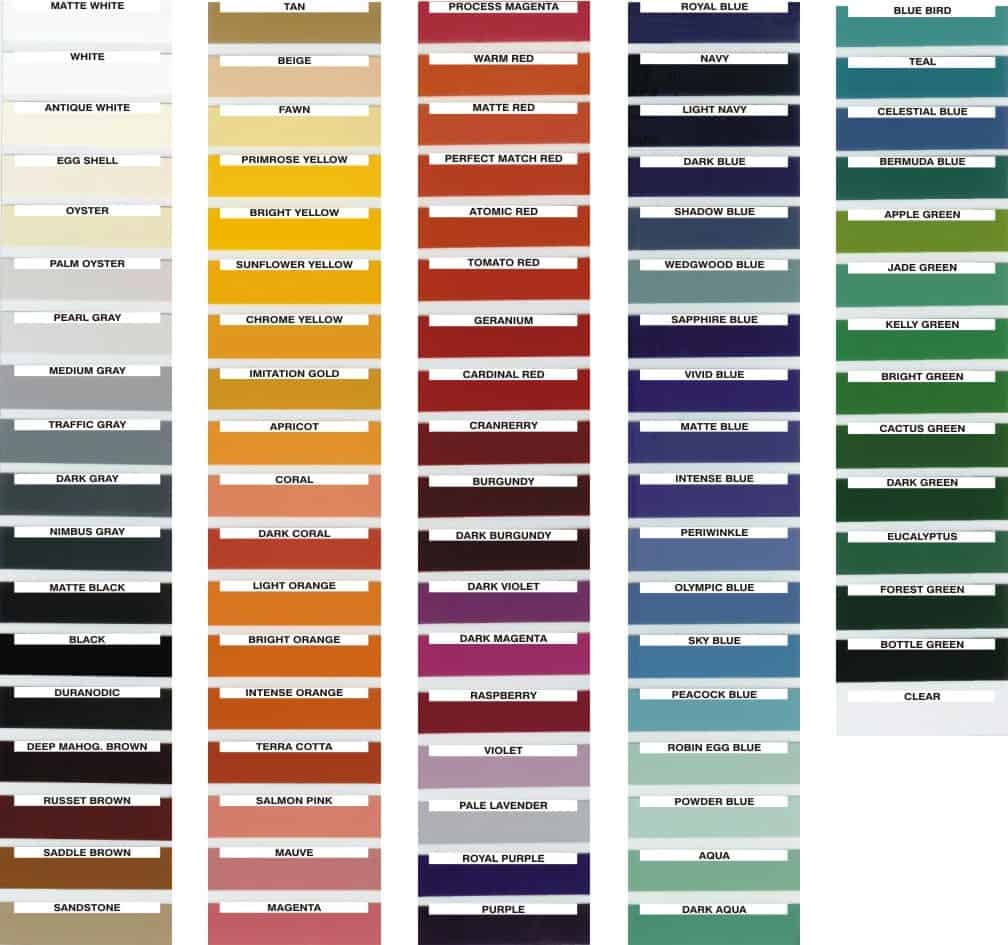
Now that you have the area free of rust and sanded smooth you can get Duplicolor brand touch up paints at most automotive parts stores. These will be small spray cans or touch up pens that can be purchased to exactly match your automobiles color.
This paint is an easy-to-use, high-quality, fast-drying, acrylic lacquer aerosol paint specially formulated to match the exact color of the original factory applied coating. I have used this brand and have had real good results with it.
There are other brands on the market such as Automotive Touchup, Scratch Fix All In 1, Paint Scratch, Express paint and others. Most of these you will need to order off of their websites whereas Duplicolor is in most automotive parts stores.
Buff The Painted Area
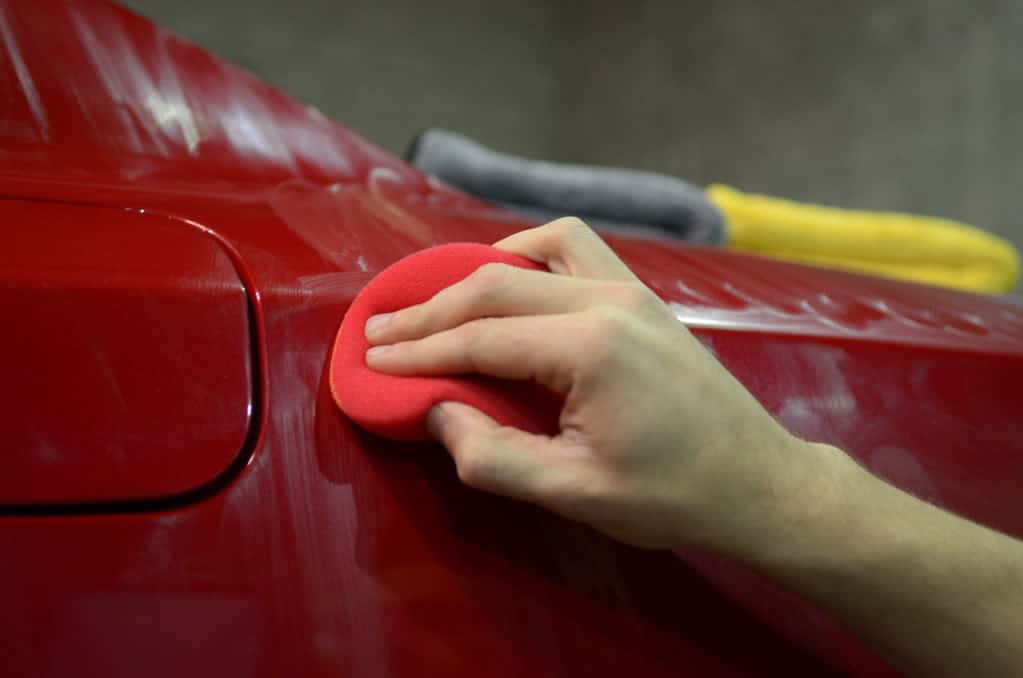
When the touch up paint has fully dried you can use a good wax and buff the area that has been touched up and blend it in to the surrounding paint. You may have to use a light rubbing compound to get the colors to match.
Final Thoughts
Now we know how and where to look for rust. We know the best way to treat it is by scraping off the big flaking pieces, sanding it smooth while removing more or all of the rust, then using a good quality primer that’s made for rust coverage, and finally top coating with our original colored paint. This is a preventative maintenance we should be doing regularly not only on our truck projects but on all of our vehicles. Happy Trucking!
The Tool Box
This is the air compressor that I have in my shop. It has enough capacity for the tools I use.
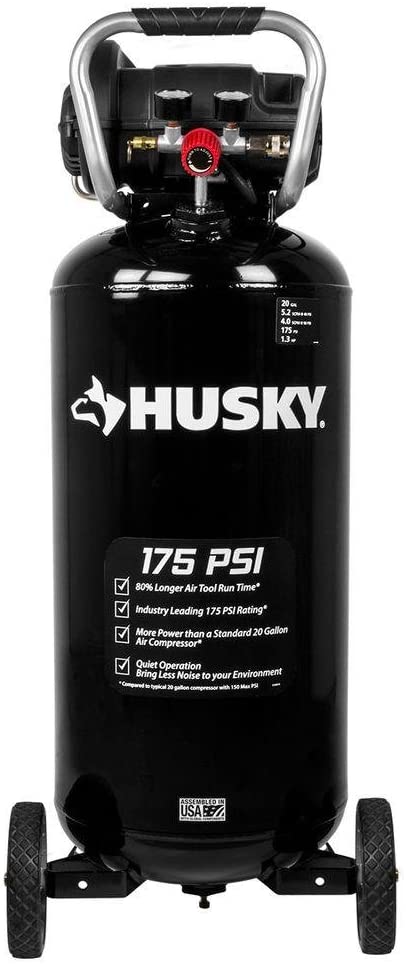
And I have this handy hose reel which is a real time and space saver.

Related Topics
Can you paint the interior of a truck? It doesn’t matter if your vehicle’s interior is plastic, metal or vinyl, they can all be recolored or repainted. There are different types of paint made to paint pretty much any type of material. Check your local automotive parts store to see what they carry. You can even paint fabric material on the roof or seats of your interior as well. Although most car interiors can be repainted, it does require quite a bit of work.
Can you sandblast a truck body? Sandblasting the frame of your truck is fine. Sandblasting the body of your truck or any panel can be risky as you could cause some warping of the metal which will cause you to have more body work. This is because the heat from the sandblaster can warp the panels. There are different types of media other than sand that can be used on metal panels when used properly.
Read more about painting your truck interior in this post


